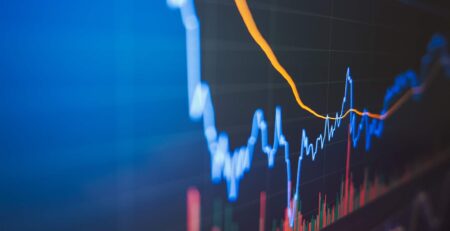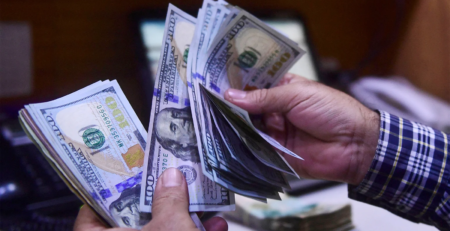Europe’s gas crisis: what does it mean for investors?
Europe’s precarious gas supply situation has been a prime focus for markets ever since Russia’s invasion of Ukraine at the end of February.
The European Union (EU) and others were quick to apply sanctions to Russian oil. However, gas is a more complicated matter given the reliance of major European economies – most notably Germany – on natural gas from Russia.
The situation became even more critical when a major supply pipeline – Nord Stream 1 – was closed for maintenance in July. While the pipeline has now come back onstream, gas is being supplied at a reduced volume.
Gas demand is lower in the summer, but this reduced supply puts in jeopardy the EU’s aim of filling gas storage sites to 80% capacity in November this year, and to 90% in 2023.
We asked our investment experts what this means for Europe’s economies and markets.
What is the impact on gas prices?
“Europe is facing an 18-24 month period of very high gas and electricity prices”, said Mark Lacey, Head of Global Resource Equities. “Europe has become and will remain the premium market for gas over this period, with prices above those in Asia or the US. This premium will last until we start to see meaningful new volumes come onstream from 2024/25”.
High prices can be tackled via two methods: a reduction in demand or an increase in supply. European countries are taking steps to tackle the demand side.
Azad Zangana, Senior European Economist and Strategist, said: “EU member states recently agreed to a voluntary 15% reduction in the consumption of gas, but this could become mandatory if supply continues to be disrupted.
Read more @schroders
125 views










